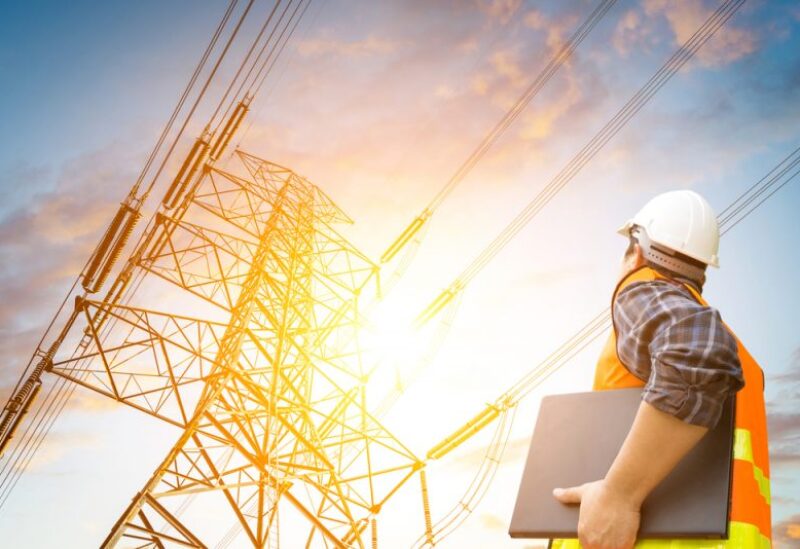
Electric power industry
Powering a large, industrialized country can be a dirty business.
The United States still relies primarily on fossil fuels such as natural gas and coal to produce nearly 400,000 gigawatt hours of electricity annually for commercial, industrial and residential consumers.
President Joe Biden wants the United States, by the year 2035, to have carbon-free electricity or what is termed “net zero,” meaning an overall balance between greenhouse gas emissions produced and so-called carbon offsets, such as planting of trees.
“There’s no way that it is feasible without technologies that aren’t currently in the marketplace today,” Mike Sommers, president and chief executive officer of the American Petroleum Institute, replied to a VOA question on a conference call with reporters.
API’s 600 members produce, process and distribute most of the energy in the United States.
API supports the 2015 Paris Climate Accord to cut greenhouse gases from which President Donald Trump withdrew the United States and which Biden rejoined this year.
The organization has unveiled its own climate action plan, which endorses a federal price on carbon emissions and pledges to advance cleaner fuels.
“While some public utilities may be able to get to net-zero emissions by 2035, for many others, that will not occur without technological breakthroughs in energy storage and other advanced technologies,” according to Desmarie Waterhouse, vice president of government relations for the American Public Power Association.
The APPA represents not-for-profit, community-owned utilities that provide power to 2,000 U.S. towns and cities.
“It is difficult to see how such a large undertaking could be done in less than 14 years without massive investments by the federal government in research, development, and demonstration of advanced clean energy technologies and changes in federal law to expedite the construction of clean energy infrastructure. And all of this needs to be done while ensuring the reliability of the grid and affordability of electric service for consumers,” Waterhouse said in a statement to VOA.
As a result, “fossil fuels will continue to play a major role in America for years to come,” acknowledged the new Interior Department secretary, Deb Haaland, at a forum Thursday.
“There are people who think that we can shut down everything and just run everything with solar and wind. That’s a fallacy,” Washington State University professor Anjan Bose, a consultant to the electric power industry, said.
Carbon dioxide emissions released from fossil fuels are the primary drivers of rising global temperatures, according to the scientific community, which warns this will be detrimental to human civilization.
Transportation is the primary source in North America of such greenhouse gases, followed by power generation.
Cutting carbon emissions to the level desired by Biden would require the country to rely more on the sun, wind, water and fission to produce electricity.
“What we call renewables — solar and wind — by themselves are unlikely to do the job,” said Jim Kirtley, a professor of electrical engineering at the Massachusetts Institute of Technology.
Solar plants require a lot of land and the output of individual wind turbines is relatively small, especially compared with conventional power plants.